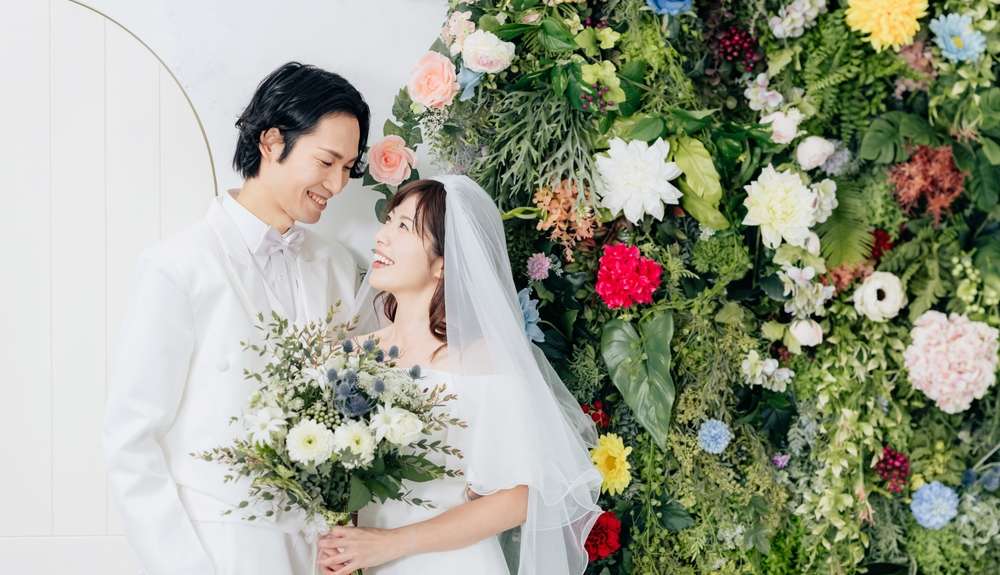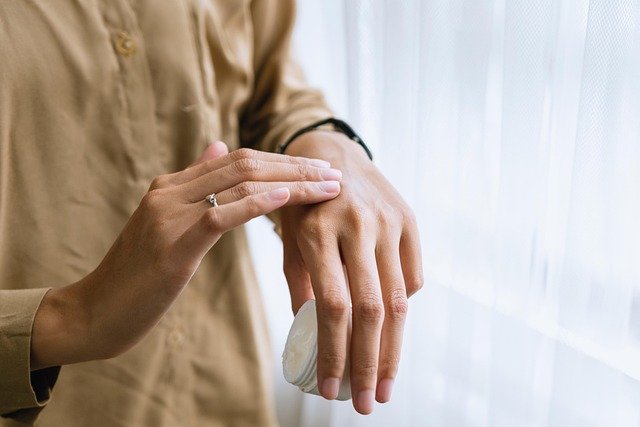How to Plan and Capture Wedding Photos
A wedding album preserves a day of meaningful moments, candid expressions, and carefully planned portraits. Good wedding photos balance technical skill with emotional sensitivity: they document the couple, the environment, the dress and suit details, and the guests in ways that feel authentic and polished. Whether you’re preparing as a bride and groom or selecting a photographer in your area, understanding common approaches to composition, timing, and collaboration makes it easier to create images you’ll revisit for decades.

What makes wedding photography effective?
Effective wedding photography combines storytelling, reliable technique, and thoughtful timing. A photographer reads the flow of the day—ceremony cues, reception highlights, and quiet interludes—and anticipates moments where emotion and composition align. Technical choices such as lens selection, exposure settings, and depth of field support the narrative without calling attention to themselves. Good lighting knowledge is essential for both indoor ceremonies and outdoor portraits. Ultimately, photos that feel effective capture both posed and spontaneous moments, showing the couple and their guests in natural, context-rich frames.
How can a couple prepare for photos?
Preparation reduces stress and keeps the day moving smoothly. Couples can start by creating a shot list that includes must-have portraits, family groupings, and special details like rings or heirloom items. Schedule buffer time for portraits of bride and groom so the photographer can work with different angles and lighting. Communicate any sensitivities—family dynamics, important guests, or preferred backdrops—to avoid awkward moments. Simple rehearsals for processional timing and a quick rundown of the day’s schedule with your photographer help ensure key moments are documented without excessive interruption to the celebrations.
What works for bride portraits?
Bride portraits often focus on dress details, bouquet composition, and natural expressions that reflect the bride’s personality. Soft, flattering light—golden hour outdoors or large, diffused window light indoors—helps render skin tones and fabric texture attractively. Posing should emphasize comfort and movement: walking shots, seated portraits, or candid adjustments to the veil feel less formal and more personal. Makeup and hair touch-ups immediately before key portraits reduce the need for retouching. Discussing preferred angles and any areas to minimize with the photographer in advance leads to images that match the bride’s vision.
How to capture the groom naturally?
Groom photos work best when they balance composure with candid moments. Shots of the groom preparing—adjusting a tie, putting on cufflinks, or sharing a quiet moment—offer narrative context. Encourage relaxed poses and subtle interactions with the environment, such as leaning against a doorway or walking with purposeful movement. Natural expressions can be elicited by asking brief conversational prompts or recalling a meaningful memory, which often produces a more authentic smile. Lighting choices like soft side light or controlled ambient flash help maintain texture in suits while keeping a natural look.
How should the couple work with a photographer?
A productive relationship with a photographer is built on clear communication and mutual expectations. Share example images that reflect your style preferences—documentary, editorial, or a mix—so the photographer knows the aesthetic you prefer. Discuss logistics: timeline constraints, venue lighting, and any restrictions on flash or tripod use. Trust the photographer’s guidance during portraits but feel free to voice your must-haves. A brief pre-wedding consultation or engagement shoot helps establish rapport and gives both the couple and the photographer a rehearsal for posing, timing, and working together on the wedding day.
Common moments and lighting considerations
Key moments to plan around include first look, ceremony vows, family groupings, formal portraits, and the first dance. Lighting varies dramatically between venues and affects both camera settings and creative choices. Outdoor locations benefit from early morning or late afternoon light; indoors may require a mix of ambient exposure and discreet flash or continuous lighting. Photographers often scout venues in advance to identify optimal spots for portraits and anticipate problem areas. When possible, allocate time for multiple portrait locations to take advantage of varied backgrounds and light quality for a more diverse album.
The ideal wedding photo collection balances posed portraits with candid storytelling, thoughtful lighting, and clear communication between the couple and their photographer. By preparing a realistic timeline, sharing stylistic preferences, and allowing time for both formal and spontaneous moments, bride and groom can increase the chances of receiving a versatile set of images that reflect the emotions and details of their day.






